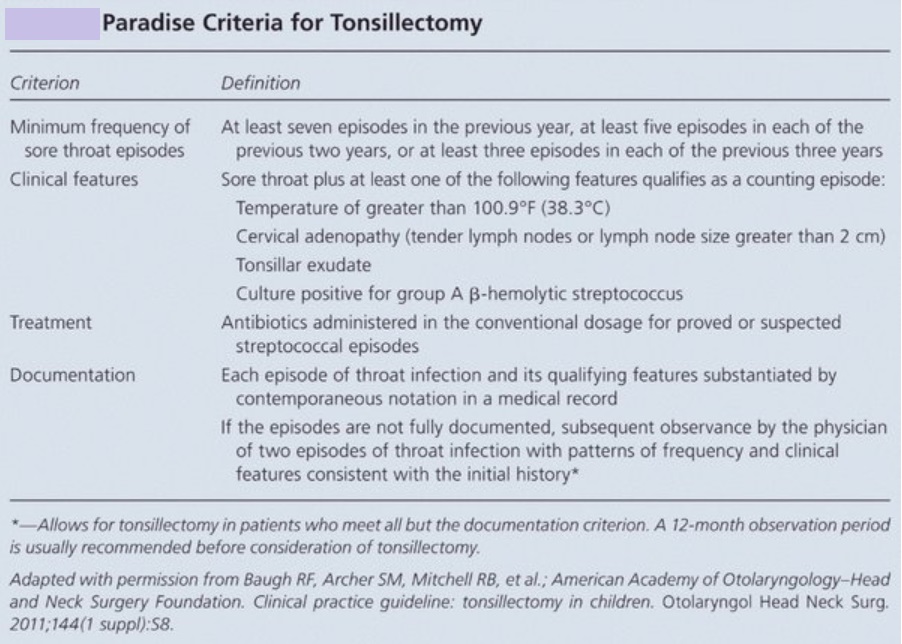What are TONSILS?
The tonsils are in the back of the throat and are part of the immune system. Tonsils help to separate out bacteria and germs to prevent infection in the body. They are composed of tissues similar to the lymph nodes and are part of the immune system. This function makes the tonsils vulnerable to infection and inflammation.
What is TONSILLITIS?
Tonsillitis is an infection of the tonsils that is caused by bacteria or a virus.
Tonsillitis typically lasts from a few days up to a couple of weeks. Tonsillitis caused by a virus goes away on its own. Tonsillitis caused by the bacteria that causes strep throat is treated with antibiotics.
Tonsillitis in children –
Tonsillitis is very common in children. Tonsillitis can occur at any age, but it is common, especially in children. Tonsillitis makes the tonsils red and swollen.
The common pathogens (virus or bacteria) that cause tonsillitis are several viruses and bacteria such as Streptococcus, Epstein Barr Virus, adenovirus, rhinovirus, RSV, Influenza, and parainfluenza.
Types of tonsillitis-
1. Acute tonsillitis
2. Recurrent tonsillitis
3. Chronic tonsillitis
With acute tonsillitis, the pharynx is also inflamed, which is the back of your throat. The majority of tonsillitis cases are caused by viruses. Recurrent and chronic tonsillitis can lead to complications such as difficulty breathing, tonsillar cellulitis, or peri-tonsillar abscess.
Causes and risk factors for tonsillitis –
Tonsillitis is mostly caused by viral infections such as adenovirus, rhinovirus, coronavirus, influenza virus, EB virus, etc. Sometimes it can be caused by bacterial infections.
About 5-40% of cases are caused by bacterial infections. The condition can be caused by the common cold, streptococcus pyogenes that causes strep throat (the most common bacteria that causes tonsillitis), Epstein-Barr virus, etc.
Tonsillitis is contagious.
Tonsillitis caused by Streptococcus pyogenes is highly contagious and tonsillitis caused by Epstein-Barr virus is contagious when a person has it for the first time. The child is at an increased risk of disorders such as rheumatic fever.
Pathophysiology of tonsillitis-
Due to etiological factors, the bacteria or virus enters in the mouth or nose and they get trapped in the tonsils. Then, the immunity works to destroy the microorganisms. Then, the process of inflammation of tonsils starts and sign of inflammation appears (redness, swelling, pain, fever). Now, this condition is tonsillitis.
Clinical features or symptoms of tonsillitis –
- A very severe sore throat.
- Swelling and pain in throat.
- Red and swollen tonsils.
- Fever and chills.
- Bad breath.
- Headache.
- Difficulty swallowing.
- Stiff neck.
- White or yellow coating on the tonsils.
- A scratchy-sounding voice.
- Swollen gland in the neck.
- Stomachache, especially in younger children.
- Referred pain to ears.
- Muscle ache.
- Snoring and disturbed sleep pattern.
- Dry mouth.
When to see a doctor?
You should see a doctor in the following conditions-
1. The child has a sore throat that does not go away in 24 – 48 hours.
2. The child has difficulty breathing.
3. The child has extreme difficulty swallowing.
4. The child has a fever that is higher than 103 degrees Fahrenheit.
Diagnosis for Tonsillitis-
There are three steps in the diagnosis of tonsillitis.
a) History collection.
b) Physical examination.
c) Throat swab culture.
Physical examination is the main part and common part of the diagnosis of tonsillitis.
The doctor will do a physical examination to make the diagnosis.
During the physical examination, the doctor will check the following –
1. The doctor will check the child’s throat as well as ears and nose, which may also be the site of infection, with the help of a lighted instrument.
2. The doctor will check for any rash which can be associated with strep throat.
3. The doctor will listen to the child’s breathing with the stethoscope.
4. The doctor will gently feel the child’s neck to check for any swollen glands.
5. The doctor may also take a throat swab of the child.
This is done by gently swabbing the back of the child’s throat to get a sample of secretions.
The sample is sent to the laboratory for culture and identification of the underlying cause.
Treatment for Tonsillitis-
1. Medical management for tonsillitis –
A mild case of tonsillitis, which is caused by the common cold, does not necessarily require treatment.
Treatment options may include rest, taking plenty of fluids, lozenges for a sore throat, providing food such as warm liquids, preparing saltwater gargles, etc.
If the tonsillitis is caused by bacteria, the doctor may prescribe antibiotics. It is important to complete the course of antibiotics even if the symptoms go away completely.
2. Surgical management for tonsillitis –
Frequently recurring tonsillitis, chronic tonsillitis or bacterial tonsillitis that does not respond to antibiotics may require surgical removal of the tonsils, which is called Tonsillectomy.
The doctor may consider the surgery to remove the tonsils if the child has serious complications or repeat infections.
A tonsillectomy may also be performed if tonsillitis results in difficult to manage situations such as difficulty breathing, obstructive sleep apnea, difficulty eating meat or chunky foods, an abscess that does not resolve with antibiotics.
PARADISE CRITERIA FOR TONSILLECTOMY

Home remedies for tonsillitis:
1. Drink plenty of fluids.
This helps the mucous membranes to get wet because dry mucous membrane increases the risk of infection.
2. Vitamin C supplements.
It helps in wound healing and vitamin C increases immunity.
3. Give rest to the child.
4. Gargle with warm saltwater.
Salt has anti-inflammatory properties, which help to kill the microorganisms and the warm water keeps the mucus membranes wet.
5. Honey.
Honey helps to relieve symptoms of sore throat, it has very soothing effects.
6. Lozenges.
Some over-the-counter lozenges contain benzocaine, menthol, and eucalyptus oil, which gives some relief in strep throat.
7. Steam inhalation and humidifier.
8. Sleep by raising the head.
Make sure to put the head of the child raised by putting pillows under the head. The extra height will help the child breathe easier and reduce the pain discomfort.
THANKS
MEDICAL ADVICE DISCLAIMER:
This blog including information, content, references, and opinions is for informational purposes only.
The Author does not provide any medical advice on this platform.
Viewing, accessing, or reading this blog does not establish any doctor-patient relationship.
The information provided in this blog does not replace the services and opinions of a qualified medical professional who examines you and then prescribes medicines.
And if you have any questions of medical nature, please refer to your doctor or the qualified medical personnel for evaluation and management at a clinic/hospital near you.
The content provided in this blog represents the Author’s own interpretation of research articles.
